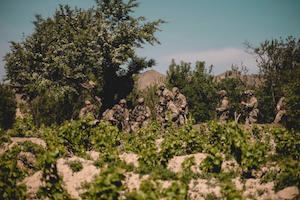First Azerbaijani Gas Reaches Albania Amid COVID-19
By Esmira Jafarova
July 14, 2020, the CACI Analyst
The first Azerbaijani gas via the Trans Adriatic Pipeline (TAP) reached Albania at the end of May 2020. This marked the first delivery of natural gas from Azerbaijan’s Shah-Deniz -II field in the Caspian Sea to Europe via the multimillion megaproject the Southern Gas Corridor (SGC). Despite the COVID-19 induced pandemics and global lockdowns, this is an important achievement testifying to the successful implementation of works in all four segments of the Southern Gas Corridor, including its final portion, TAP. The SGC is set to become fully operational in 2020 and it seems that Italy will also receive its earmarked portion of natural gas quite soon.
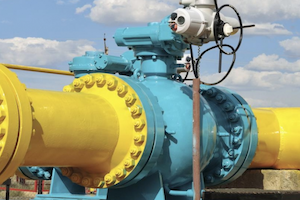
Dariga Nazarbayeva's Political Ambitions Effectively Ended by President Tokayev
By John C. K. Daly
June 18, 2020, the CACI Analyst
Few processes are more opaque than political succession in the post-Soviet space, which is usually dominated by elite cronyism infighting. The practice becomes particularly pronounced when the departing leadership dates from the Soviet era and attempts to put its stamp on the transition to the future. In general, the leadership seeks to ensure a peaceful transition of power, even if circumventing the wishes of the departing leader. The latest post-Soviet nation to transit the process is Kazakhstan, where on May 2, Kazakh President Kasym-Zhomart Tokayev, having succeeded Nazarbayev as president 14 months earlier, unexpectedly posted a single-sentence announcement that he had removed Dariga Nursultanovna Nazarbayeva from her position as Senate speaker.
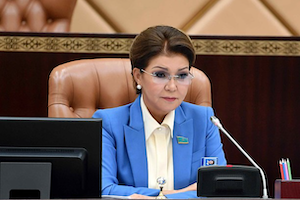
Russia Goes Bounty Hunting in Afghanistan
By Stephen Blank
July 8, 2020, the CACI Analyst
The revelations that Moscow paid Taliban warriors bounties to kill U.S., British, and other allied soldiers in Afghanistan is already generating a scandal in the United States. Yet for those who closely monitor Russian foreign policy in Central Asia and Afghanistan, this represents a particularly grisly escalation of policy but not a change in strategy. Moscow has long been determined to enhance its position with the Taliban and accelerate the ejection of U.S. forces from Afghanistan, which it regards as a threat to its position in Central Asia and to Russia. In Moscow’s imagination, the presence of several U.S. and/or NATO airbases in Afghanistan could strike Russian targets in Central Asia. Moreover, Russia has consistently expressed a visceral reaction to the presence of foreign military forces, especially Western ones, in and around Central Asia.
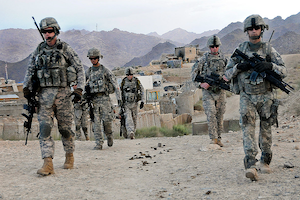
Post-COVID-19: Challenges and Opportunities for Central Asia
By Bakhrom Radjabov
June 4, 2020, the CACI Analyst
Since January, COVID-19 (coronavirus) has reached the level of a global pandemic. At first, some Central Asian republics seemed to be virus-free islands with zero confirmed infection cases. Afghanistan confirmed its first COVID-19 case on February 24, followed by a closure of the borders with other Central Asian republics. Kazakhstan discovered its first cases of COVID-19 on March 13, and Uzbekistan on March 15. Kyrgyzstan confirmed its first case on March 18 whereas Tajikistan did not report any cases until April 30. Before this date, the country allowed mass gatherings, including the celebration of Navruz, which was cancelled by other Central Asian governments. Turkmen authorities have so far not officially reported any cases of COVID-19 in the country.
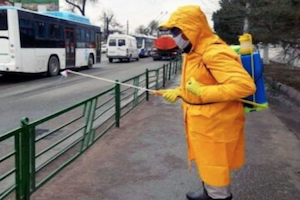
Central Asian Salafi-Jihadi Groups and the US-Taliban Peace Agreement
By Uran Botobekov
June 3, 2020, the CACI Analyst
The U.S.-Taliban agreement obliges the Taliban to sever ties with al Qaeda and other Central Asian terrorist groups. Nevertheless, Central Asian Salafi-Jihadi groups celebrate the deal as a “victory.” The Taliban’s relationship with these groups will likely continue to develop in secret, and Central Asian regimes must seriously prepare for a new redistribution of power and resources in Afghanistan after the withdrawal of U.S. troops.
